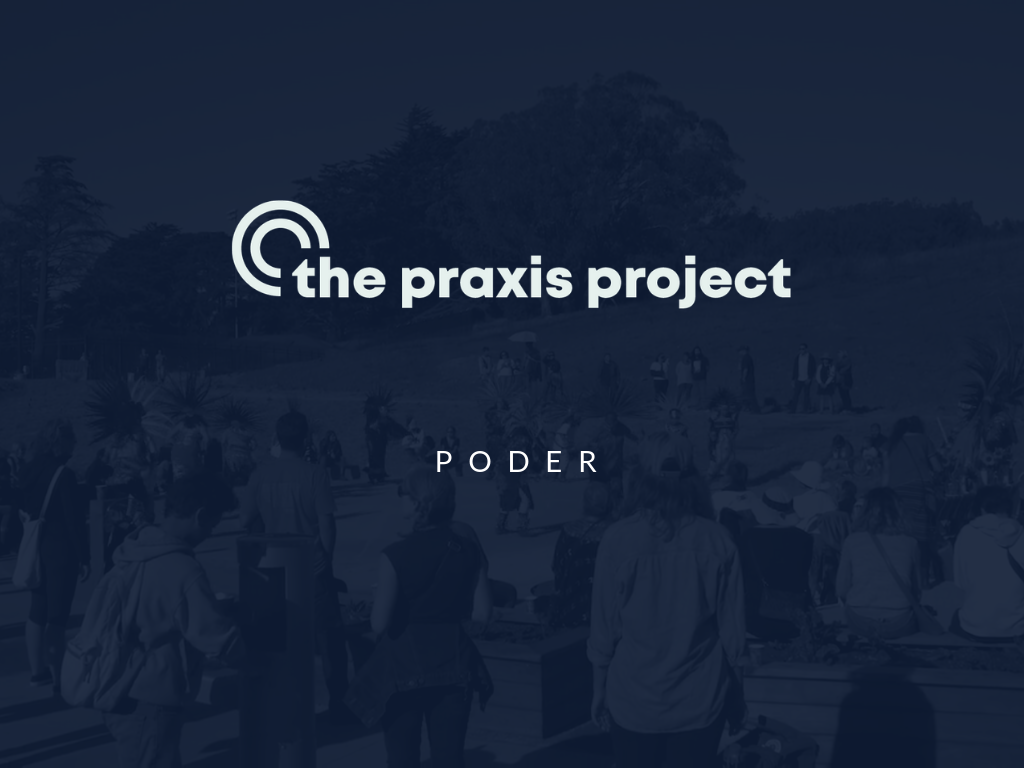Connections with Neighbors
An interconnected community is built upon trusting relationships among community members who support one another and communicate openly. Those living in neighborhoods high in mutual trust and willingness to help other community members report better overall health. “Closely knit” neighborhoods are more likely to exchange information, work together to achieve common goals, and reinforce those relationships. These relationships can help achieve the goals of crime prevention, cleaner public spaces, and discourage crime. Connections with neighbors encourage health by incentivizing outdoor interactions such as walking,[1] creating support systems, and promoting positive relationships for youth.[2]
Grassroots organizers are fostering healthy connections with neighbors by holding safe and nurturing multigenerational community spaces to build trust, whether that be in community gardens or in youth development and political education programs. They also contribute to healthy connections with neighbors by centering language justice in their work and by bringing together neighbors and community members to fight shared issues such as gentrification, displacement, pollution, food apartheid, and more.
DISPARITIES AND STATISTICS
Race and Ethnicity:
Ethnicity has been identified as a predictor of participation in organized activities. Experiences with ethnic discrimination, particularly for Latinx youth living in neighborhoods with a low percentage of Latinx families, can impede participation in organized activities.[3]
Socioeconomic Status:
Strong social connections and networks can mediate the effects of poverty, but neighborhoods with extreme income inequality can create conditions that break down social cohesion. Households displaced as a result of gentrification may experience disruption of protective social connections, resiliency strategies, and connections to place present in their former neighborhoods. [4]
Sexuality:
Adults in the LGBTQ community report lower levels of perceptions of living in close-knit neighborhoods, of the ability to count on their neighbors, of trust of their neighbors, and of people in their neighborhoods helping each other out compared to heterosexual individuals. Overall, LGBTQ adults report worse neighborhood cohesion across multiple measures.[5]
COMMUNITIES OF PRAXIS POLICIES
Community organizers across the nation are advocating for policy, system, environment, and practice changes that address the root causes of health inequities across the social determinants of health. Every year Praxis invites our Communities of Praxis members to share some of their top organizing or advocacy campaigns in their own communities through out annual survey.This video features AYPAL, a leadership development, community organizing and coalition building organization hat seeks to create healthy, safe, and thriving communities. AYPAL empowers Oakland, CA's low-income Asian & Pacific Islander immigrant and refugee families and youth.
This video features Acta Non Verba: Youth Urban Farm Project (ANV), an organization that elevates life in the inner-city by challenging oppressive dynamics and environments through urban farming
This video features Cultiva La Salud’s Vendors for Health initiative. The initiative was created to bring healthier food choices to the Fresno community.
This video features PODER, an organization that organizes with Latino immigrant families and youth to put into practice people-powered solutions that are locally based, community led and environmentally just.
This video features Black Women for Wellness (BWW), an organization committed to the health and well-being of Black women and girls through health education, empowerment and advocacy. In this video, they presents Kitchen Divas, community-based cooking classes focused on health and wellness.
This video features La Union del Pueblo Entero - LUPE, an organization removing barriers to health care and helping provide vision exams for entire communities using their Mobile Health Clinics, through partnerships with local healthcare organizations.
This video features Gwinnett SToPP, an organization working to dismantle the school-to-prison pipeline through shifting state and national policy as through parent and student advocacy and activism.















































